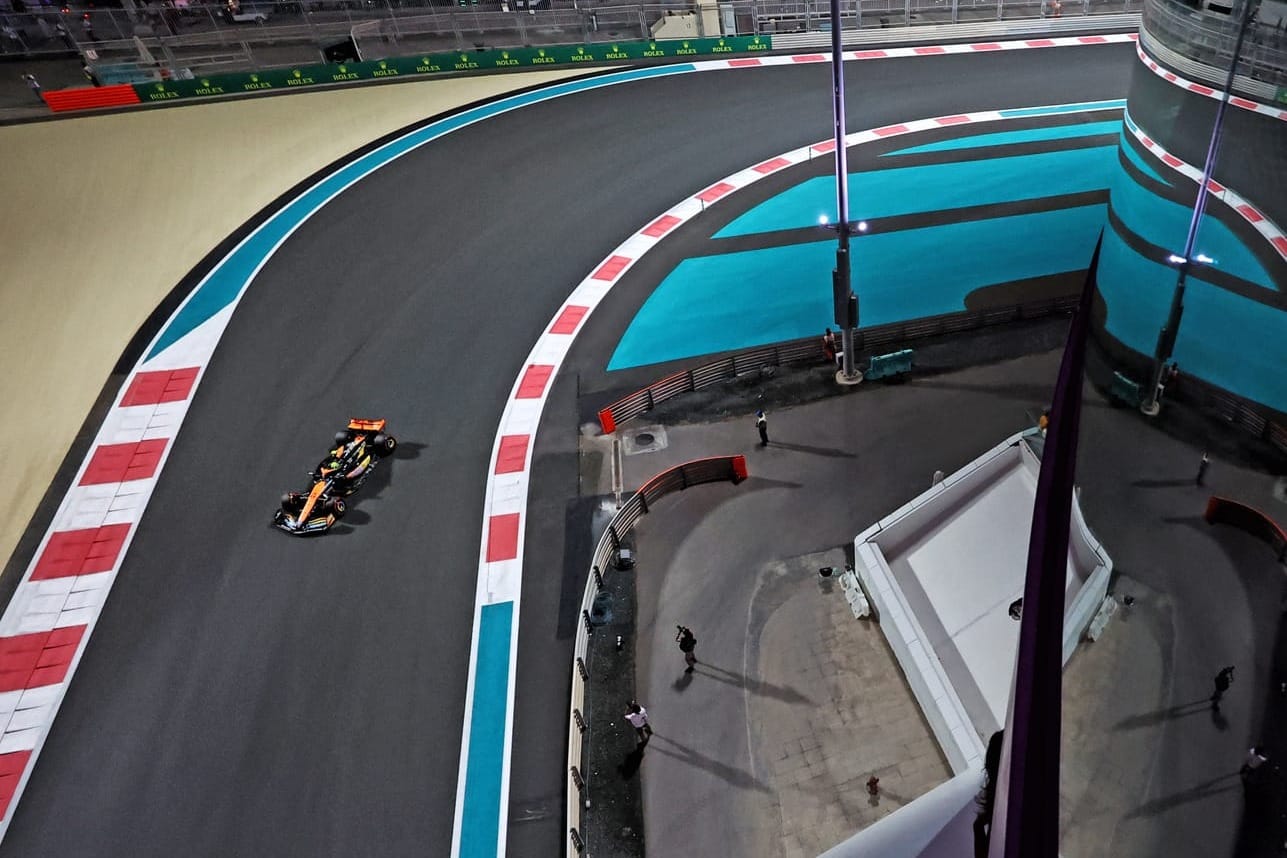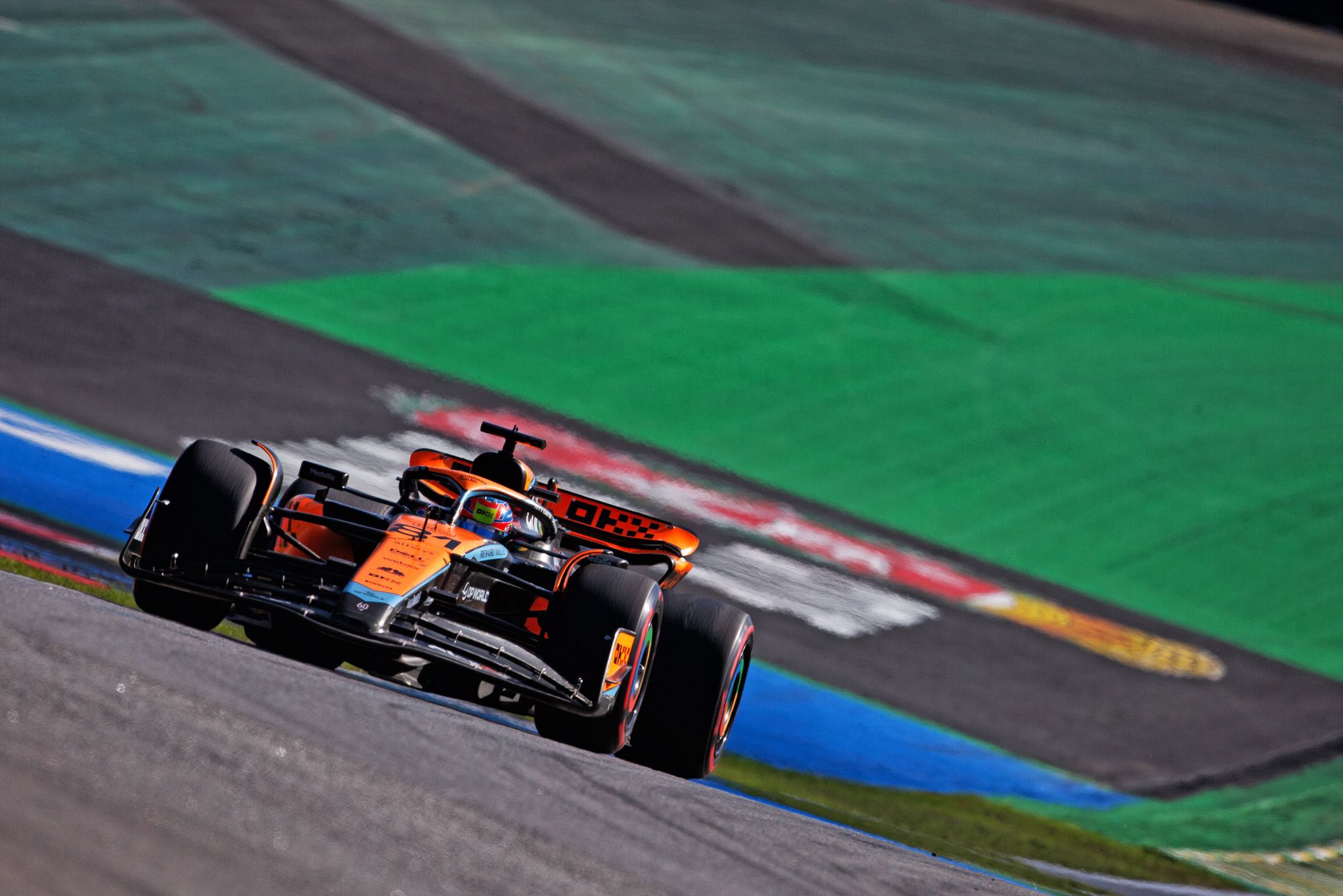Up Next

McLaren has a hypothesis for why the rate of "driving issues" seems to have increased of late, following Lando Norris's latest self-flagellation over a "stupid mistake" in Abu Dhabi Formula 1 qualifying.
A clearly frustrated Norris lamented a "terrible" Saturday at the Yas Marina circuit as a mistake cost him a front row start for the season finale, even though pole position looked out of reach.
"It’s just one little mistake, I don't know why it happened, I've not done that all weekend," Norris said after qualifying fifth in Abu Dhabi.
"Just frustrating, I'm just doing a s*** job on Saturday."
It is the fourth time in five races Norris has been self-critical after qualifying, as even his sprint pole lap in Brazil got berated.
Mistakes in Qatar and especially Mexico, where he was eliminated in Q1, were more costly, and asked if he was being too harsh on himself, Norris said: "Not at all. I should've been P2, and I end up P5 because of a stupid mistake.
"I'm too soft on myself."
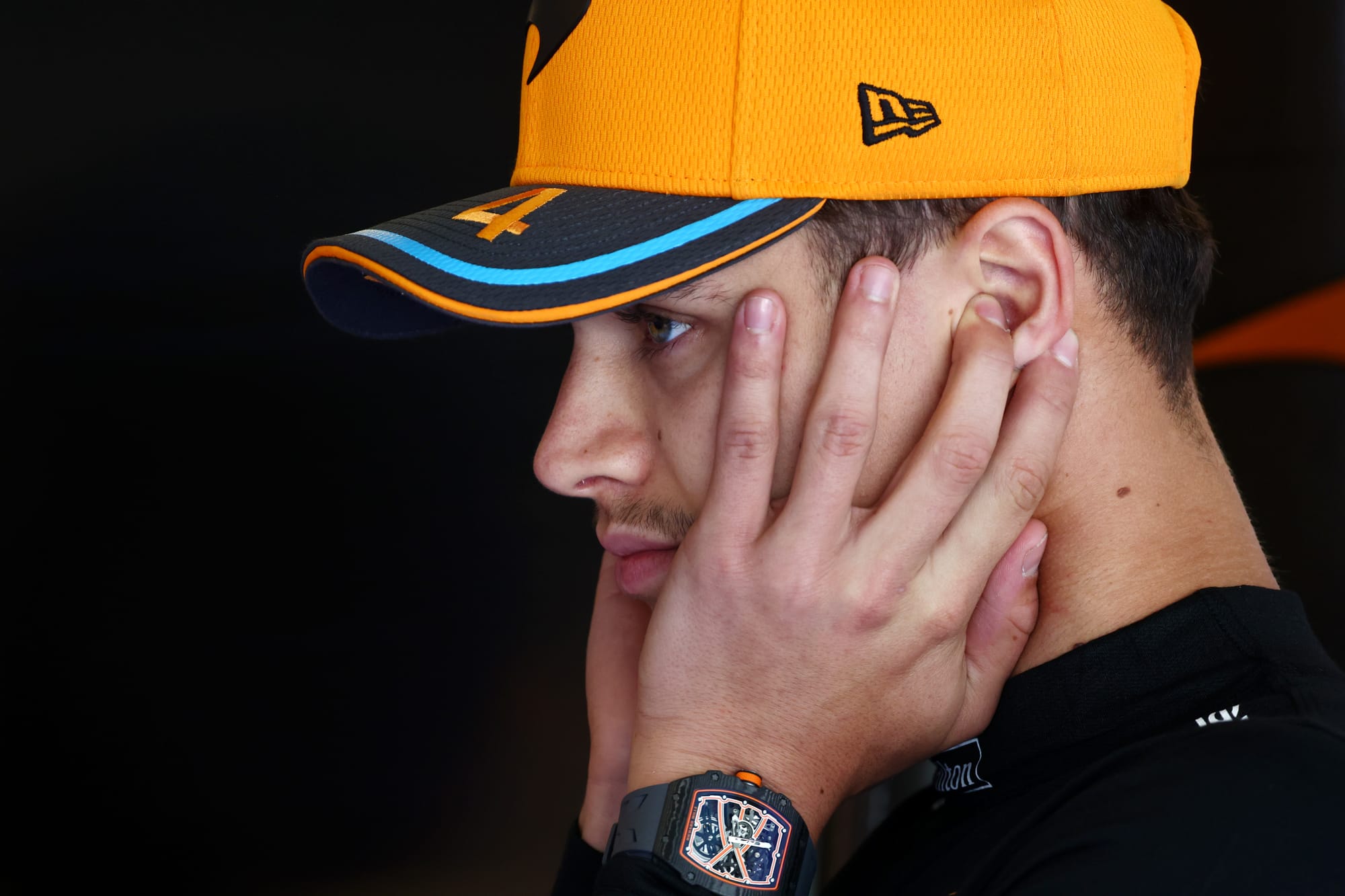
McLaren team principal Andrea Stella reckoned there could be a technical reason for why Norris has made so many mistakes.
There is a well-established tendency for this McLaren to be awkward to drive at times, just like its predecessors have suffered from what Stella calls "the famous McLaren characteristics" of recent years.
But McLaren is beginning to wonder if the upgrades brought to the MCL60 that have vastly improved its overall performance through the season have also created a new issue for the drivers.
The theory is that the Singapore package has potentially made the car too peaky in certain conditions, given the rate of mistakes since then.
Asked by The Race, given Norris's criticism of himself, where to draw the line between the driver's responsibility and the car being difficult to drive, Stella said: "That's an interesting topic. It's not an easy one to describe with some good engineering behind it. It requires a bit of interpretation.
"It's often difficult to understand where is the driving element, and is there an engineering element? Is there a characteristic of the car that just makes it so peaky, so unpredictable, in some circumstances?
"Certainly, in our debrief, we [arrived at] the fact that recently, we have had some driving issues that look to be more frequent than normal.
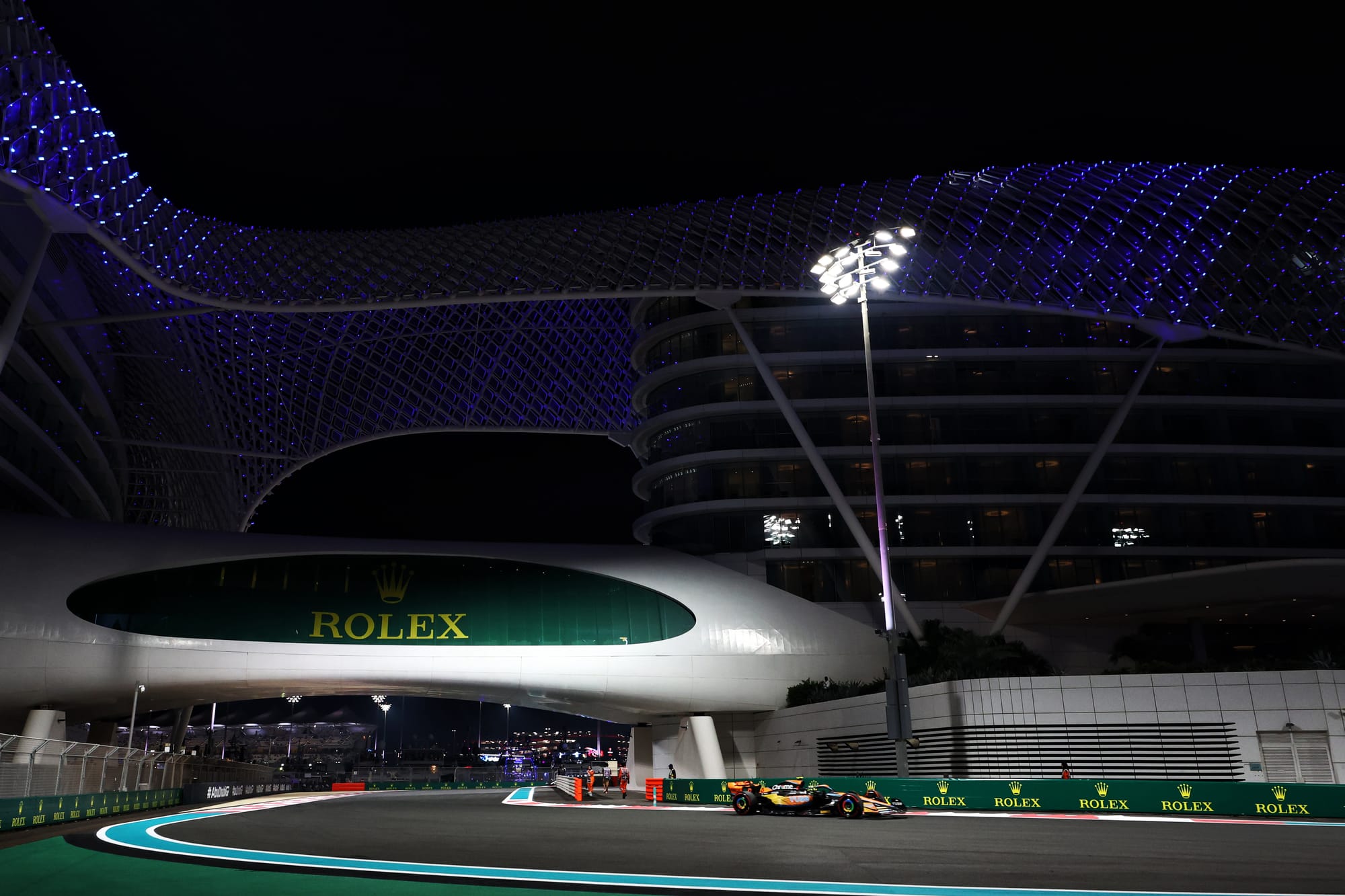
"So is there anything that we need to look into - not the famous McLaren characteristics, but in this development, which certainly gave grip, have we embedded some elements that possibly [mean] the car is just losing too much grip too rapidly in some conditions?
"This is a hypothesis. It's nothing to do with evidence, but you kind of work by hypotheses, so that you can look into the data, look into the information with a key.
"And that's certainly a key that we will be using in the coming days to look into what are we learning from these situations."
Despite the potential mitigating factor, Stella said he does believe that the way Norris reacts to his errors, and specifically how he talks about himself, is one of two things the multiple podium finisher can improve after this latest mistake.
He felt the way Norris has addressed his own performance "deserves attention" because there are obvious positives to the job he has done this weekend and it would be detrimental just to "punish" himself.
The second is that Norris may need to "accept that a 99.9% lap is good enough" sometimes, to engineer in greater consistency.
Stella was also asked by The Race if the drivers were pushing each other to limit more and whether the performance of rookie Oscar Piastri, who was third-fastest in qualifying in Abu Dhabi, could be nudging Norris into mistakes.
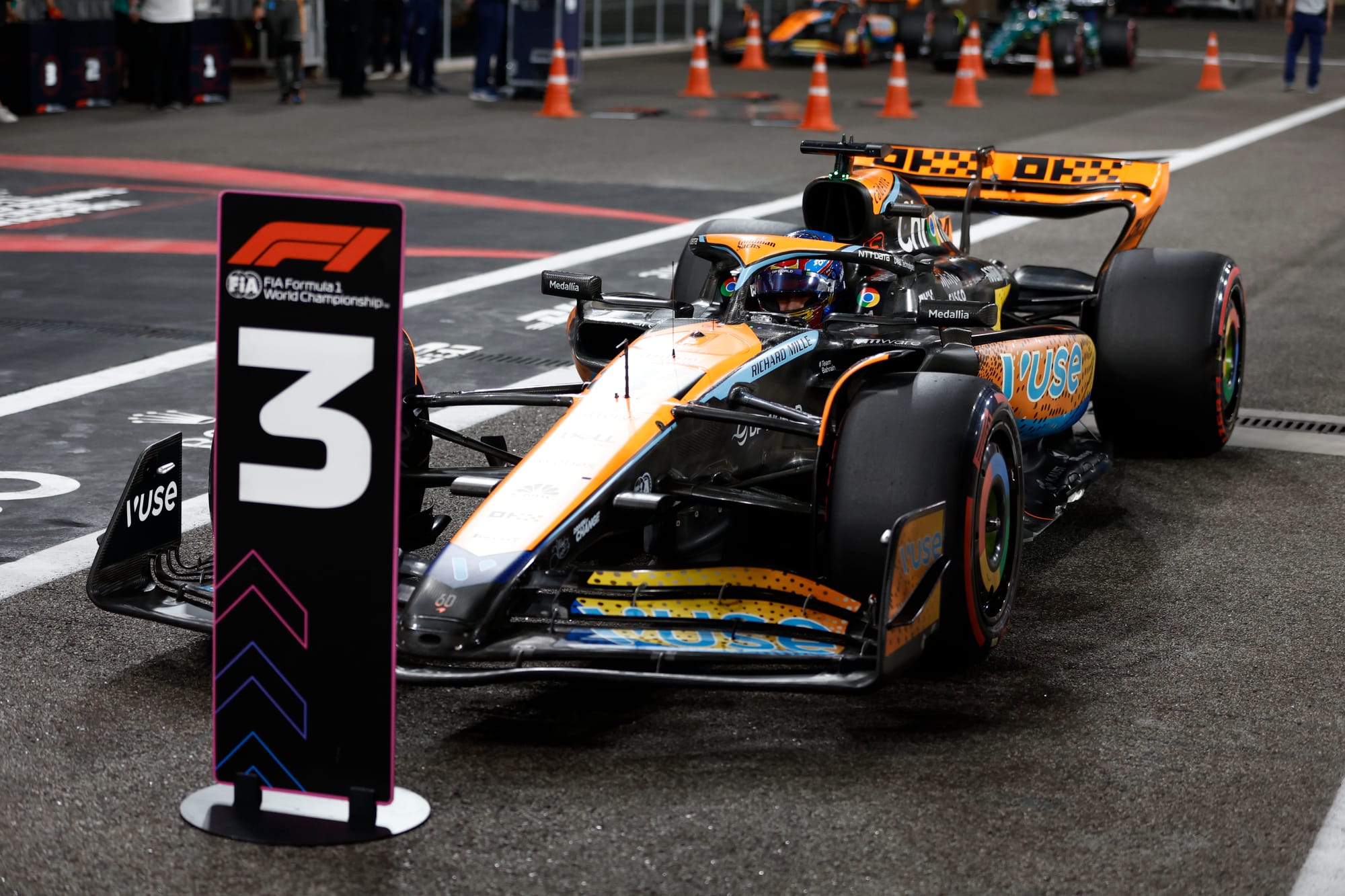
"The first I can answer with 100% certainty: because we have two quick drivers, the two of them elevate their game," said Stella.
"When you look at the overlays between the two in these practice sessions, we could already see that even when we didn't look so competitive in the timing, if you put together the best of the two we are actually strong.
"Oscar had a couple of places where he needed to work and adapt, and same for Lando - he had one place in which he needed to work and adapt, based on looking at each other's data.
"Because you have a competitive team-mate, you can see how you can go quicker in some places. This is what happened.
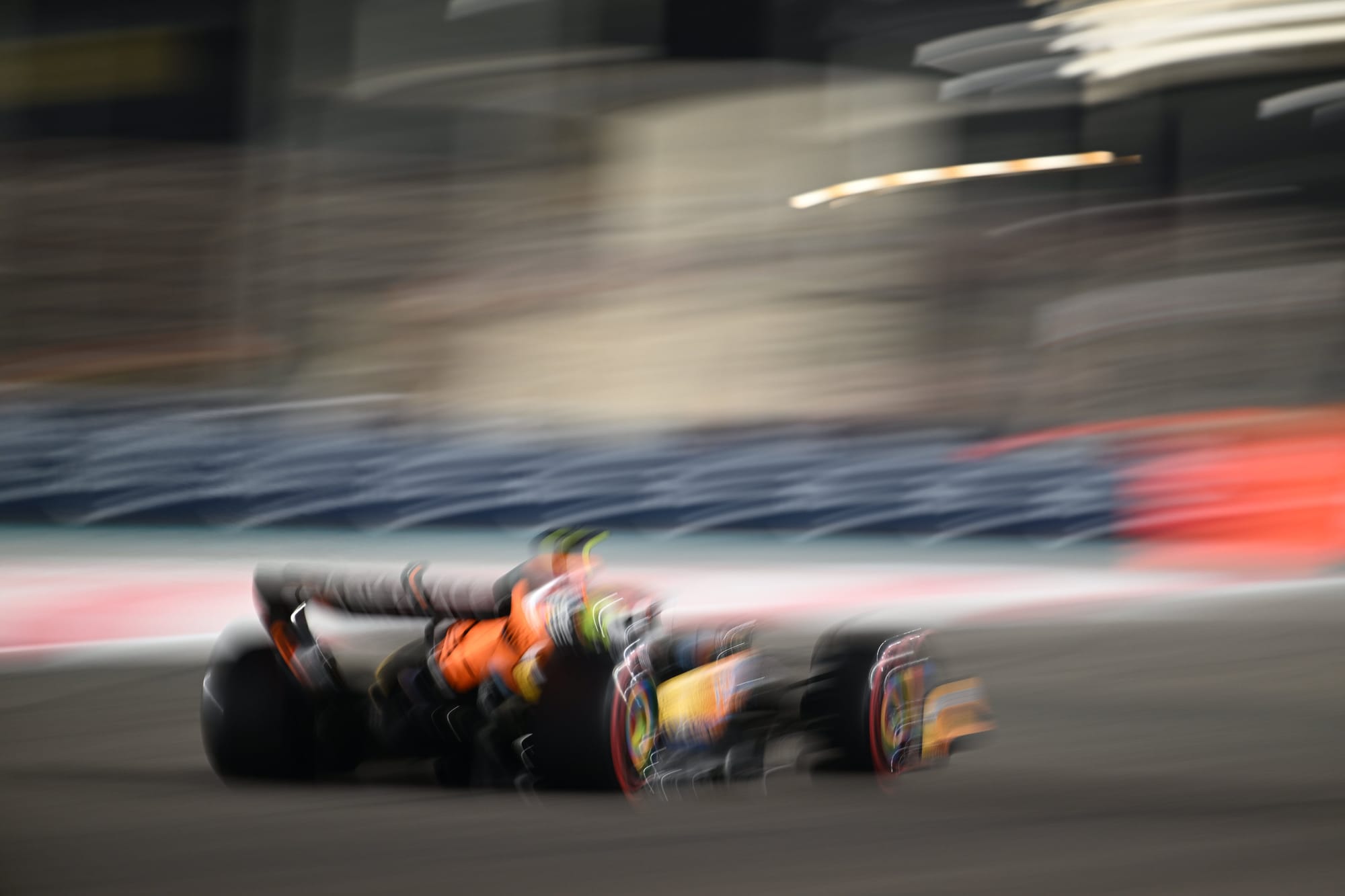
"The second element [whether Piastri is pushing Norris into mistakes] is a little more difficult to assess. But we need to make sure we support our drivers to extract their potential. That's just continuous improvement.
"And you do have to use all the information, including looking at trends during qualifying. What happens at the point we make a mistake? Under which circumstances did we do that? Is there something that can be improved technically, but is there something that can be improved from the human side?
"Definitely we know that when the team-mate is strong, this second element [the human side] tends to be more prevalent.
"It's definitely something to think about."


